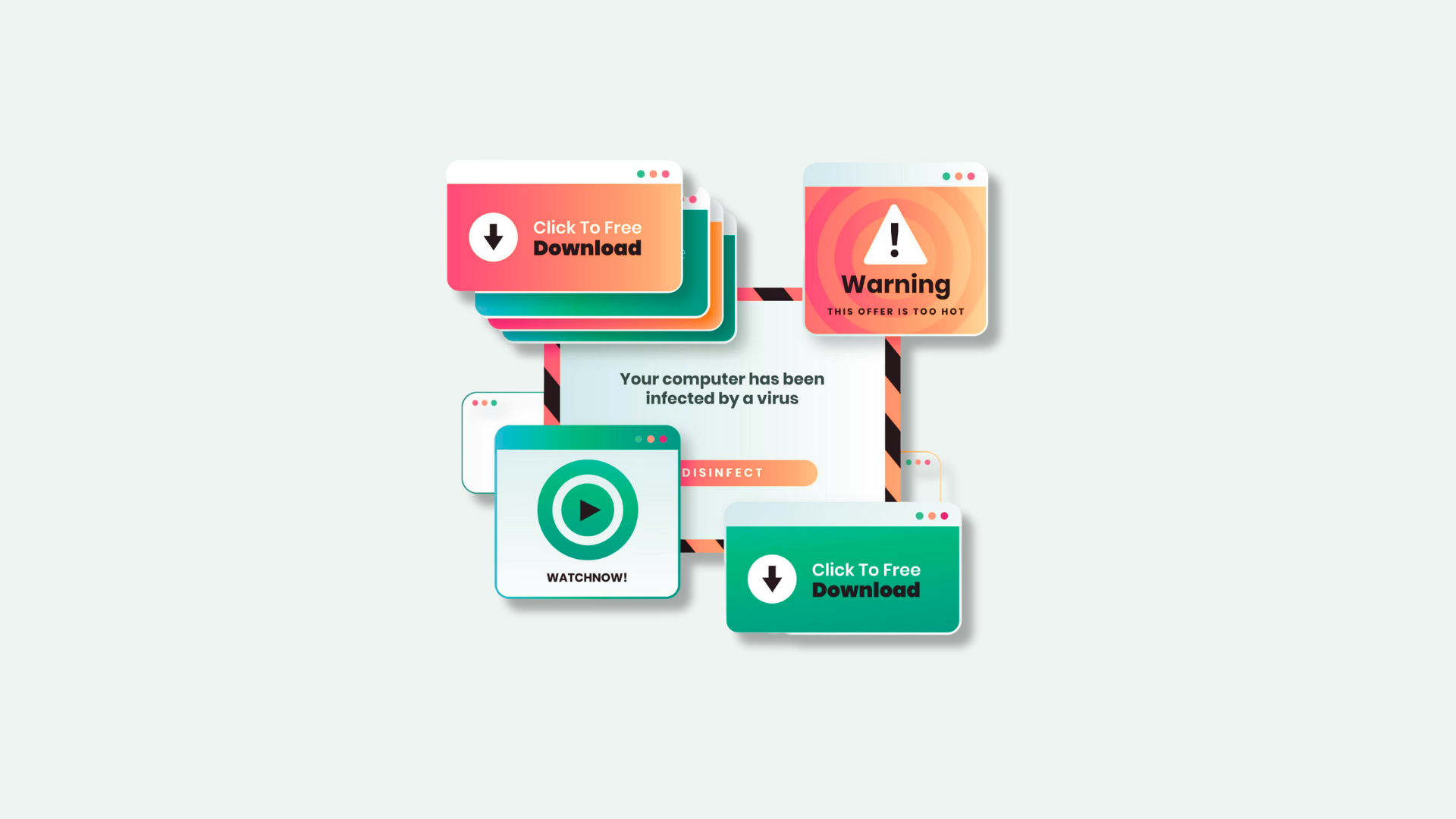In the ever-evolving landscape of digital advertising, the jargon can often seem like a labyrinth, and two terms that often cause confusion are CPM and eCPM. Today, we’re here to shed light on these crucial metrics that drive the advertising industry. Written by Oliver Renusson, a Yield Analyst at Freestar, this article will not only distinguish between CPM and eCPM but also elucidate their significance and application in the world of advertising.
CPM and eCPM are popular metrics used in advertising. Though both terms are often used interchangeably, their meanings are not exactly the same. Some publishers and advertisers in both programmatic and traditional or conventional forms of advertising often find it hard to differentiate between both concepts. Differences notwithstanding, both CPM and eCPM are valuable measures for industry stakeholders.
What is CPM?
In marketing, CPM is an acronym for cost per mile, cost per thousand, or cost per thousand impressions. It represents a fixed price paid by advertisers for every 1,000 impressions. For ad terminology newbies, impressions can be defined as when ad advertisement renders on a webpage. Impressions are small measurement units, hence their calculation per 1000. CPM use cases include advertising, social media, and marketing campaigns (including digital marketing).
It provides advertisers and marketers with essential information about how an audience is impacted by their ad in terms of viewership. It also enables advertisers and businesses to showcase their products and services to a wider audience in a cost-effective way.
CPM is, therefore, an effective top-of-funnel strategy that helps to increase brand awareness and recognition while providing insight into the kinds of ads that garner the most views or otherwise. Such information can help advertisers identify areas that require improvement. On mobile phones/devices, CPM ads are effective in helping advertisers gauge the impact their in-app ads are having on their target audience.
The CPM price is usually determined by the volume of traffic to the displaying website. If the traffic is high, then the CPM price will also be high. This implies a direct or positive relationship between the volume of traffic and the CPM price. Advertisers are often willing to pay a higher price for websites that boast more traffic.
- CPM Formula:
CPM = Total Cost of Ad Campaign/Number of Ad Impressions × 1000
What is eCPM?
eCPM is short for “effective cost per thousand impressions.” It is a marketing metric often used by publishers to estimate their expected ad revenues per thousand impressions. eCPM is basically the same as revenue per mile (RPM) or revenue per thousand impressions. Previously, RPM was preferred by publishers, while advertisers preferred eCPM. But with time, publishers had to adopt eCPM since it was becoming increasingly popular among their clients. Today, most publishers have settled on eCPM as their expected revenue metric.
- eCPM Formula:
eCPM = Total Ad Revenue/Total Number of Impressions × 1000
What is the Difference Between CPM and eCPM?
CPM is a reach and pricing metric that advertisers use to measure the cost of their advertising campaigns as well as the reach they can achieve with their budget. CPM is not the best metric for publishers since it can yield misleading figures. This is because of the possibility of several exceptions that bring about differences between the publisher’s expected price per thousand impressions and the actual generated revenue.
For instance, a big advertiser can record a higher number of impressions than he/she actually paid for. Also, another advertiser may pay a higher price than the recorded number of impressions since the number of impressions is often rounded up to the nearest 1000.
All these inadequacies are addressed by eCPM which is a better metric for publishers. The eCPM takes care of all the challenges posed by the CPM by measuring the effective revenue per thousand impressions. Moreover, the eCPM is not just a better alternative for CPM campaigns but can also be utilized for cases involving tCPM, CPL, and CPC as well. Its overall usefulness and versatility enable publishers to make comparisons among different kinds of ad campaigns to optimize and thus earn higher revenues.
The major difference between CPM and eCPM is that the former is used only to calculate the cost per thousand impressions in a CPM ad buying model, while eCPM is a more versatile revenue metric that applies to any pricing method.
Converting From An Advertiser’s To A Publisher’s Metric
Take the case of a programmatic publisher that is connected to an advertiser by an ad exchange. This advertiser is interested in purchasing a number of impressions for a fixed price in a likely guaranteed deal.
If the advertiser consents to pay USD 4500 for 2,000,000 impressions on the publisher’s website, then the CPM rate = 4500/2,000,000 × 1000 = USD 2.25
However, the publisher will not receive the entire value of USD 2500 offered by the advertiser because the ad exchange that facilitated the deal will deduct its platform fees. Assuming that the ad exchange fee amounts to 9% of USD 4500 which is USD 405, then the actual revenue due to the publisher = USD 4500 – USD 405 = USD 4095/2000000 × 1000 = USD 2.04
Thus, while the advertiser’s CPM rate is USD 2.25, the publisher only gets a slightly lower eCPM of USD 2.04 because of the 9% ad exchange fee. It follows that the higher the percentage charged by the ad exchange, the lower the publisher’s actual income.
From the above example, it becomes clearer that using both terms (CPM and eCPM) interchangeably can be misleading.
Why eCPM is Valuable for Publishers
Site Performance Comparisons
eCPM is an ideal metric for publishers that operate diverse websites and applications because of the possibility to draw comparisons among all of the sites and apps.
In other words, with eCPM, a publisher will not only determine the amount made per thousand impressions for each digital asset he uses but can also compare all of them. Such a comparison and other gathered information can help him make improvements on assets that are not performing as expected.
Page Performance Comparisons
Not only is the eCPM useful for comparing websites, but it can also be used to compare specific web pages on a site. This is helpful because it can generate useful insight into keywords that generate higher revenue and those that do not.
Also, the publisher can observe the nature of the formats and ad placements on eCPM pages that generate the highest income with a view to utilizing his observations on pages that are not performing as well as he would have liked.
Ad Platform Comparisons
A publisher that is evaluating two or more ad platforms to select the best one can use the eCPM derived from each of the ad platforms for the purpose of comparing the performances of their various ad campaigns.
Optimal Floor Price Adjustment
The bidding characteristics or tendencies of advertisers change according to changes in the market. For example, during Christmas, there is a tendency for advertisers to raise their spending on ads more than in other months of the year. Observing these monthly changes via eCPM data can help a publisher update the floor price accordingly in order not to serve unfilled impressions.
A Versatile Indicator
Publishers that sell inventory based on subscriptions, clicks, or other user actions can utilize eCPM as their ideal revenue metric.
Moreover, Google and other popular ad platforms use eCPM to indicate the average revenues earned by a publisher.
Why CPM is Valuable for Publishers?
Facilitates the Negotiation of Direct Deals
A publisher that often works directly with advertisers needs to have sound knowledge of the metrics they use. Accurate knowledge of the difference between CPM and eCPM would help the publisher with these expectations, especially since intermediaries, e.g., ad exchanges like Google AdX or ad servers, will charge a percentage.
Ability to Earn Directly From Monthly Generated Traffic
Unlike eCPM, CPM is entirely based on traffic or impressions, which can be an average for other types of campaigns like CPL, CPC, and more. So for a publisher who is only interested in CPM, the emphasis should be on working on monthly traffic to earn more revenue. This helps to narrow down your objectives and allows you to focus on a single campaign over that period.
Advertiser Comparisons
Publishers’ records show the advertisers that spend the most on their inventories. With insight from such data, a publisher can reach out to advertisers directly to discuss whether they would like guaranteed or direct deals.
Also, knowledge of the prevailing CPM rates can help a publisher negotiate more profitably by using header bidding auctions to show each advertiser the rates offered by others.
Geographic Location Comparisons
Like advertisers, publishers can also view the geographical locations that are yielding them the highest CPM rates. With such statistics, a publisher has essential information about the audience that can be very helpful when it comes to creating targeted ad content.
Examples of CPM and eCPM
1. CPM
Assuming an advertiser budgets USD 100 for his ad campaign and the ad gets 10000 impressions, then the CPM will be:
CPM = Total Cost of Ad Campaign/Number of Ad Impressions × 1000
= 100/10000 × 1000 = USD 1
This implies that the advertiser is willing to spend USD 10 for every thousand impressions.
2. eCPM
If a conventional publisher’s ad campaign generated USD 300 revenue after receiving 21,000 impressions, the eCPM would be (USD 300/21,000) × 1000 = USD 14. This means that the publisher’s income per thousand impressions is USD 14.
Freestar is Here to Help
If you’ve found this article helpful in demystifying the intricacies of CPM and eCPM or if you’re seeking a reliable partner to handle the complexities of ad monetization on your behalf, don’t hesitate to reach out to us. At Freestar, we’re dedicated to helping you navigate the advertising landscape with ease. Feel free to contact us for any questions or to explore the possibilities of having a true partner by your side to take the hassle of ad monetization off your plate entirely. Your success is our mission.




